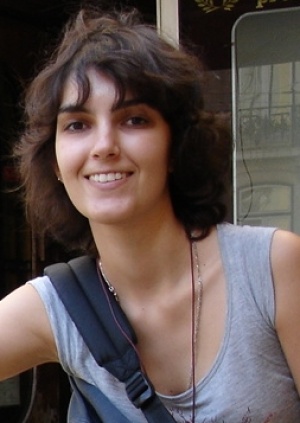Sousa, P., Henriques, A., Silva, S.E., Carvalheiro, L.G., Smagghe, G., Michez, D., Wood, T.J. & Paulo, O.S. (2023) Genomic patterns of iberian wild bees reveal levels of diversity, differentiation and population structure, supporting the “refugia within refugia” hypothesis.
Diversity,
15(6), 746. DOI:10.3390/d15060746 (IF2022 2,4; Q3 Ecology)
We used a population genomic approach to unravel the population structure, genetic differentiation, and genetic diversity of three widespread wild bee species across the Iberian Peninsula, Andrena agilissima, Andrena flavipes and Lasioglossum malachurum. Our results demonstrated that genetic lineages in the Ebro River valley or near the Pyrenees mountains are different from the rest of Iberia. This relatively congruent pattern across species once more supports the hypothesis of “refugia within refugia” in the Iberian Peninsula. The results for A. flavipes and A. agilissima showed an unexpected pattern of genetic differentiation, with the generalist polylectic A. flavipes having lower levels of genetic diversity (Ho = 0.0807, He = 0.2883) and higher differentiation (FST = 0.5611), while the specialist oligolectic A. agilissima had higher genetic diversity (Ho = 0.2104, He = 0.3282) and lower differentiation values (FST = 0.0957). For L. malachurum, the smallest and the only social species showed the lowest inbreeding coefficient (FIS = 0.1009) and the lowest differentiation level (FST = 0.0663). Overall, our results, suggest that this pattern of population structure and genetic diversity could be explained by the combined role of past climate changes and the life-history traits of the species (i.e., size, sociality and host-plant specialization), supporting the role of the Iberian refugia as a biodiversity hotspot.





